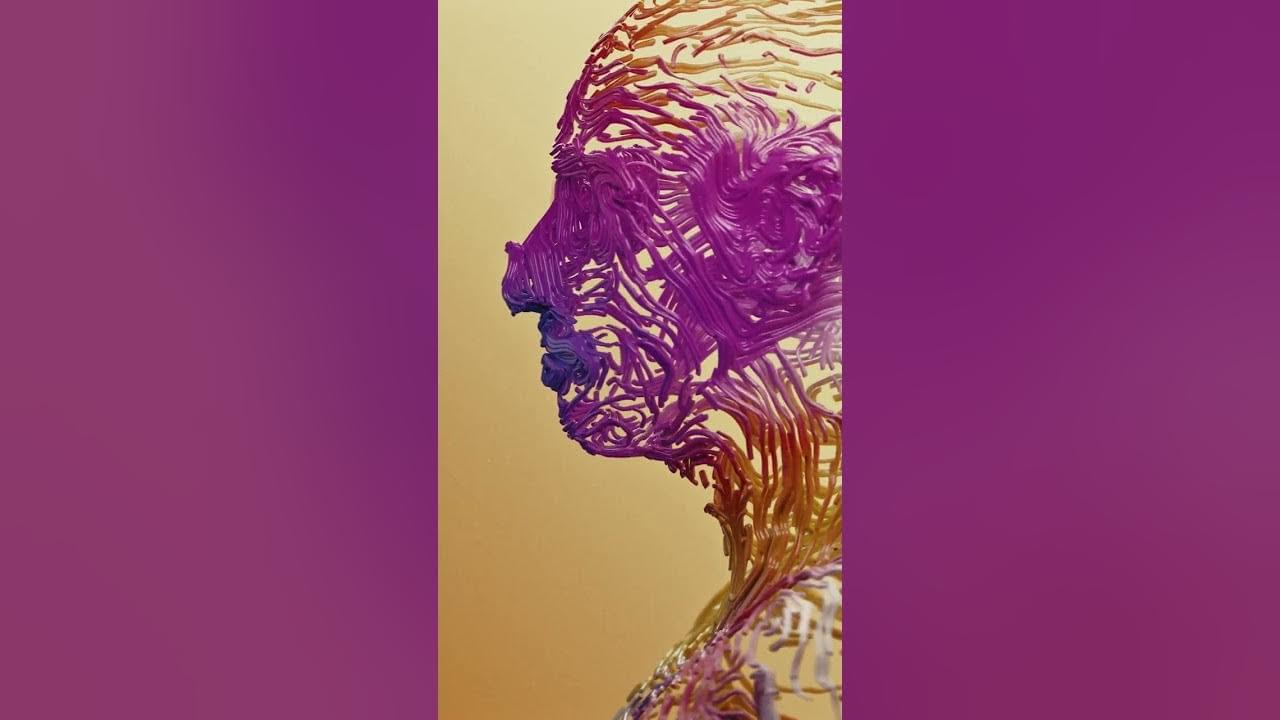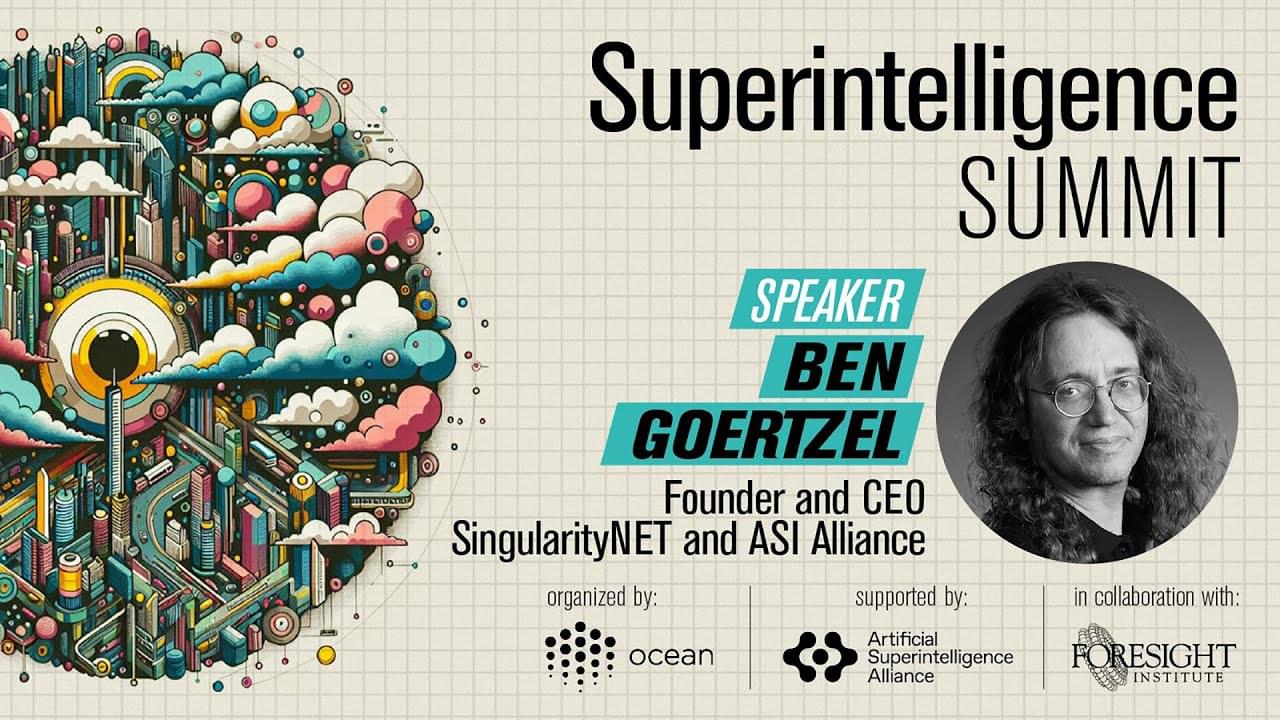Nov 25, 2024
This Is How Exercise Can Support Your Vision as You Age
Posted by Shubham Ghosh Roy in categories: health, neuroscience
Exercise can do more than strengthen your muscles and boost your mental health: It can also support your eyes.
Exercise can do more than strengthen your muscles and boost your mental health: It can also support your eyes.
A new study by Curtin University has revealed what could be the oldest direct evidence of ancient hot water activity on Mars. The research focused on a 4.45 billion-year-old zircon grain from the Martian meteorite NWA7034, also called Black Beauty. The analysis found geochemical signatures suggesting that water-rich fluids were present, providing evidence that Mars may have been habitable in the past.

Neurotech startup Motif says it has built a pea-sized brain chip that can treat mental illnesses, including depression, without the side effects of conventional drugs. Watch Posthuman with Emily Chang to learn more about the power of brain-computer interfaces.
——-
Like this video? Subscribe: https://www.youtube.com/Bloomberg?sub_…
Continue reading “Tiny Implant Aims to Treat Depression in Your Brain” »

Watch Dr. Ben Goertzel, CEO of SingularityNET and ASI Alliance, discuss the path to beneficial Superintelligence.
Recorded at the Superintelligence Summit held by Ocean Protocol in Bangkok on November 11, 2024.
Continue reading “Ben Goertzel — A Path to Beneficial Superintelligence” »
Do you remember the moment in “Star Wars” when the Death Star destroys Alderaan? Eight laser beams converge at a single point to form a super-powered laser that obliterates the planet. It was a memorable scene that demonstrated the unrelenting power of the Empire.
Although it is unclear whether they were inspired by the scene, Chinese scientists claim they have created a new type of microwave weapon that combines several high-powered electromagnetic waves. They can then concentrate them onto a target.
The weapon system consists of multiple microwave-transmitting vehicles that are deployed to different locations. Each of the vehicles fire microwaves with high-precision synchronization. These merge together into a powerful energy beam to attack one target.
Getting AIs to work together could be a powerful force multiplier for the technology.
Philip Feldman at the University of Maryland, Baltimore County told New Scientist that the resulting communication speed-ups could help multi-agent systems tackle bigger, more complex problems than possible using natural language.
But the researchers say there’s still plenty of room for improvement. For a start, it would be helpful if models of different sizes and configurations could communicate. And they could squeeze out even bigger computational savings by compressing the intermediate representations before transferring them between models.
Continue reading “‘Droidspeak’: AI Agents Now Have Their Own Language Thanks to Microsoft” »
This capsule…
Inspired by the way that squids use jets to propel themselves through the ocean and shoot ink clouds, researchers from MIT and Novo Nordisk have developed an ingestible capsule that releases a burst of drugs directly into the wall of the stomach or other organs of the digestive tract.
This capsule could offer an alternative way to deliver drugs that normally have to be injected, such as insulin and other large proteins, including antibodies. This needle-free strategy could also be used to deliver RNA, either as a vaccine or a therapeutic molecule to treat diabetes, obesity, and other metabolic disorders.
Continue reading “A bioinspired capsule can pump drugs directly into the walls of the GI tract” »
118 likes, — _quantummech_ on September 11, 2024: ‘Dr Michio Kaku explains how aliens might be traveling through space’
Discovery enables manufacturing of ultrathin solar panels, advanced optoelectronics.
By creating a new way for light and matter to interact, researchers at the University of California, Irvine have enabled the manufacturing of ultrathin silicon solar cells that could help spread the energy-converting technology to a vast range of applications, including thermoelectric clothing and onboard vehicle and device charging.
The development, subject of a paper recently published as the cover story in the journal ACS Nano, hinges on the UC Irvine researchers’ conversion of pure silicon from an indirect to a direct bandgap semiconductor through the way it interacts with light.
